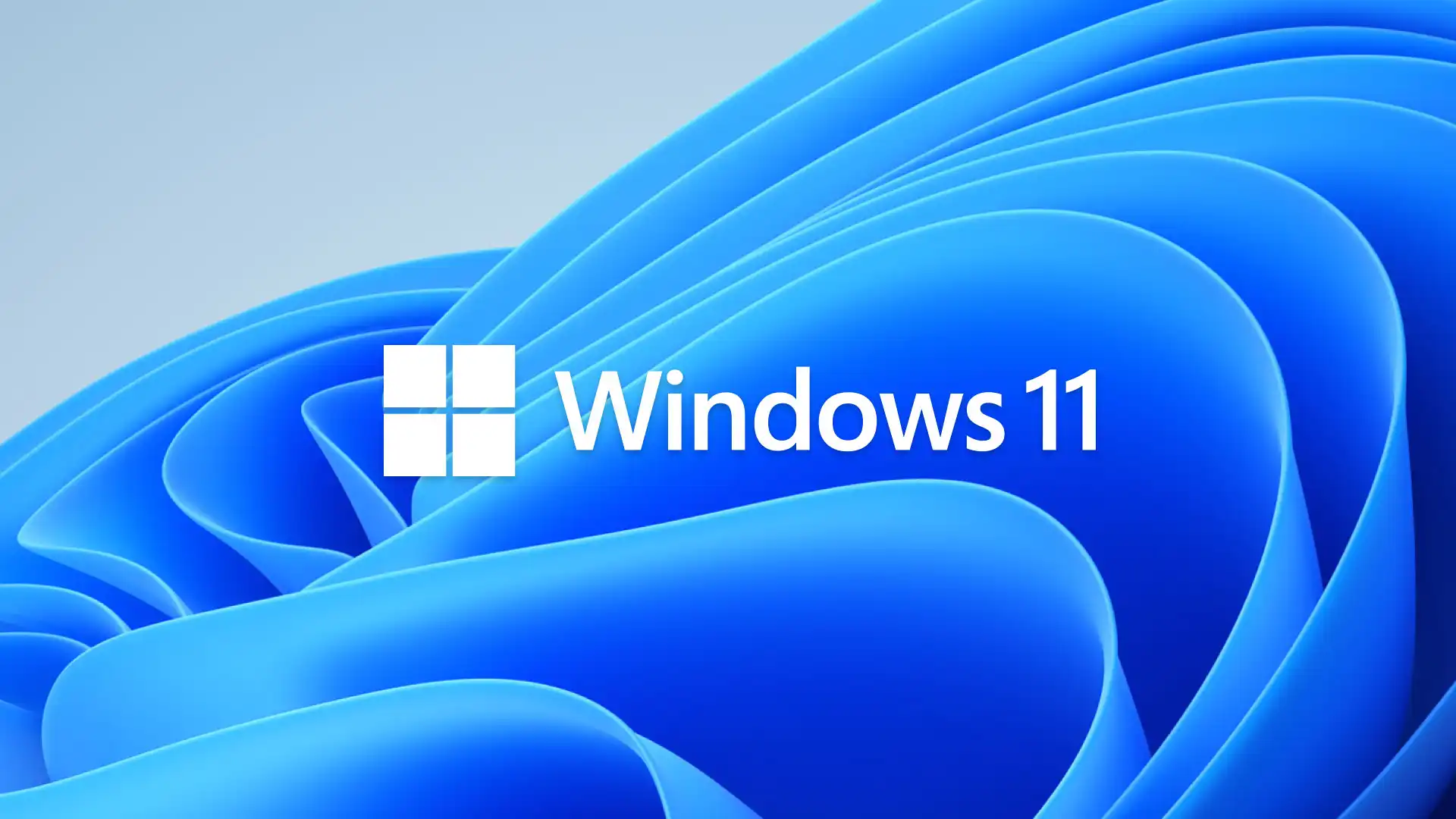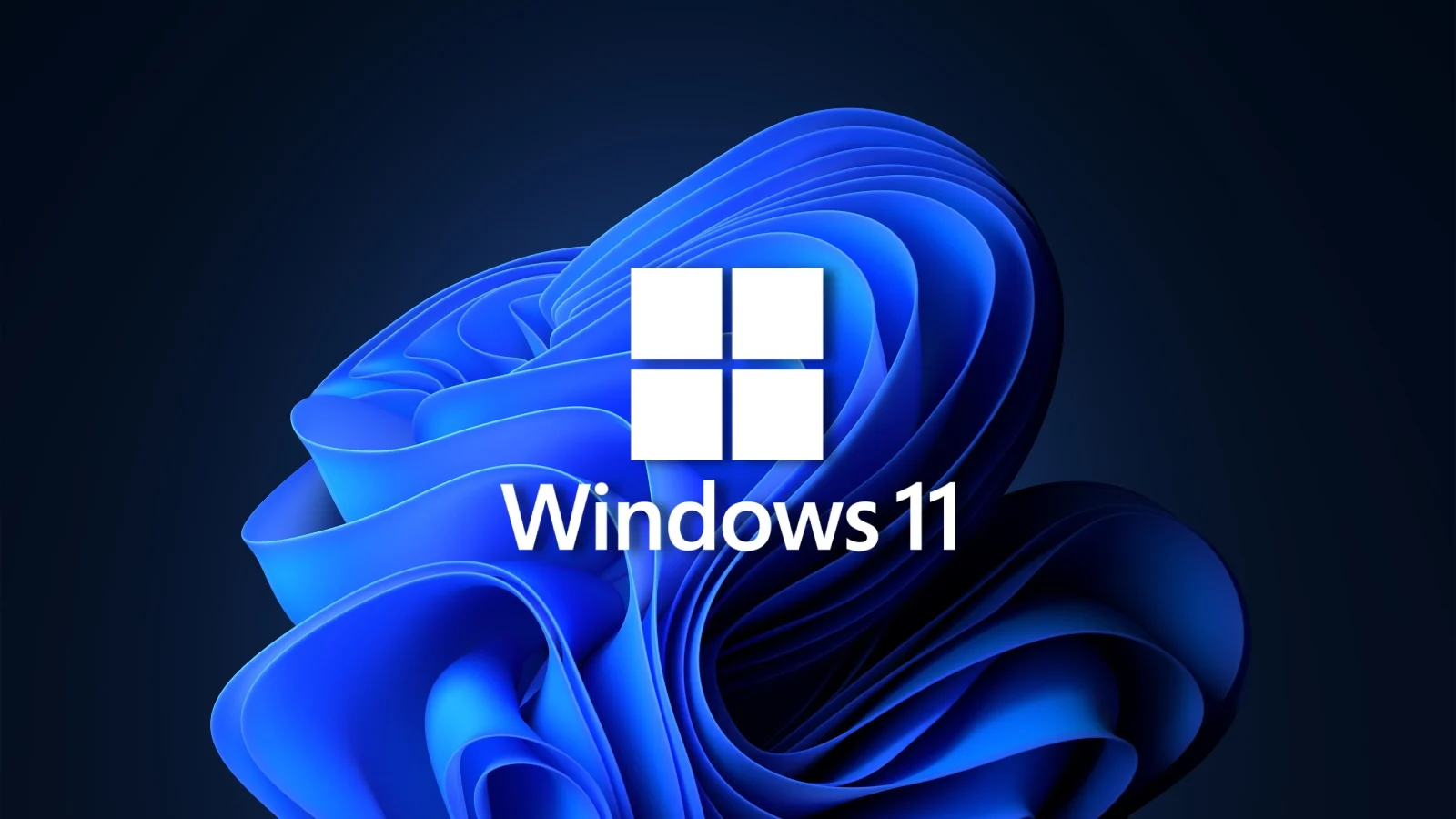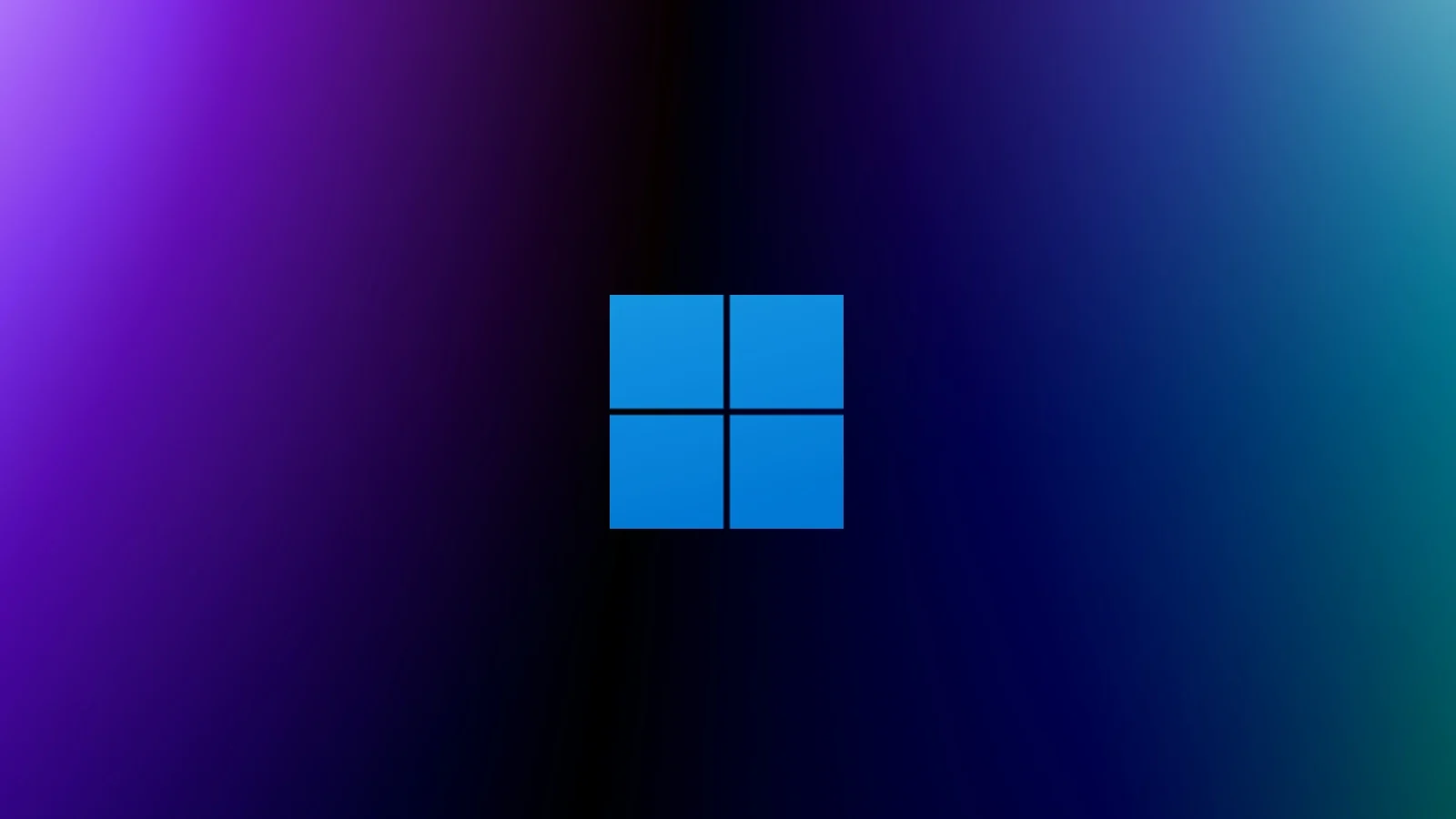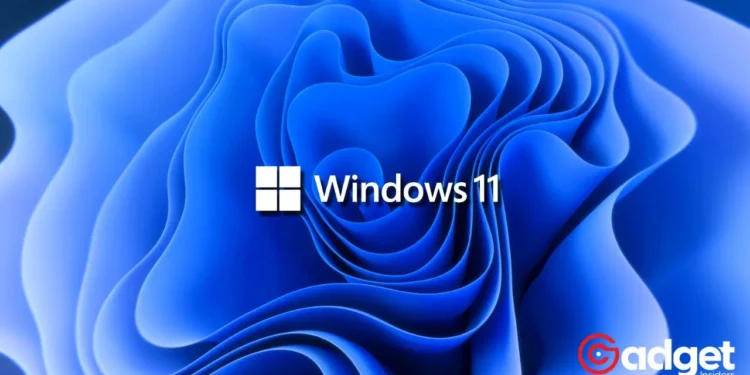In the ever-evolving landscape of technological advancements, Microsoft has taken a significant leap with its latest update to Windows 11, particularly enhancing the capabilities of its renowned Microsoft SwiftKey keyboard. This update marks a pivotal transformation, replacing the familiar Bing icon with the innovative Copilot icon, indicating a shift towards a more integrated artificial intelligence experience for users.
Windows 11: The Transformation of Microsoft SwiftKey
The journey of Microsoft SwiftKey has been nothing short of a rollercoaster. In 2022, there was speculation about Microsoft’s intentions to delist the app from Apple’s App Store, casting doubt over its future on iOS devices.
However, in a surprising turnaround, Microsoft retracted these plans, ensuring continuous support for Microsoft SwiftKey on iOS, much to the relief of its user base.
This commitment to Microsoft SwiftKey is evident in the regular updates and enhancements Microsoft delivers to both Android and iOS users. These updates are not merely cosmetic changes but substantial upgrades, incorporating AI-driven features that redefine user interaction.

Copilot: The New Face of Microsoft SwiftKey
The shift from Bing to Copilot is not merely a change in iconography. It’s a strategic move by Microsoft, distancing itself from the Bing brand and embracing a new identity with Copilot. Android users are already experiencing this change, with the update expected to roll out to iOS users shortly.
A Unified Experience Across Platforms
The integration of Copilot into Microsoft SwiftKey offers a consistent user experience across various platforms. The Copilot icon, prominently placed in the top-right corner of the virtual keyboard, is your gateway to a world of AI-assisted functionalities.
Whether it’s querying specific topics or drafting messages, Copilot stands ready to assist with rapid responses and intelligent suggestions.

Compose with Ease
One of the most notable features of this update is the ‘Compose’ option. It empowers users to harness Copilot’s capabilities for crafting text messages. The level of customization is remarkable, allowing users to specify the desired text length, tone, and format.
This feature, augmented with OpenAI’s GPT-4 Turbo, promises more accurate and contextually relevant responses.
Emojis and Beyond
Another exciting addition is the relocation of Image Creator from Designer (previously Bing Image Creator) to the emoji section of the keyboard. This innovative feature opens up new possibilities for emoji creation and more, adding a layer of creativity and personalization to user interactions.
We're excited to announce that SwiftKey now has AR Lenses powered by Snap! 🎉
On Android or iOS:
✅ Select GIF
📸Click on the camera
😃Select the smile icon and choose the lens you like best
We can't wait to see how you use the new expressive AR lenses powered by Snap! pic.twitter.com/W3skzkjDWh— Microsoft SwiftKey (@SwiftKey) February 26, 2024
Anticipation Builds for iOS Users
While Android users are already reaping the benefits of this update, iOS users are eagerly anticipating its arrival. The exact timeline remains unclear, but with Microsoft SwiftKey already boasting features like Microsoft Editor, which can auto-correct up to 500 words and adjust text tone, the wait promises to be worthwhile.
Copilot: A Convenient Luxury
The Compose feature sounds like an awful load of work for someone looking to send a simple text. But I’d rather have it and not need it than need it and not have it. Luckily, you can remove or hide the icon from your keyboard if you don’t find it useful.

Microsoft Swiftkey: A Step Towards the Future
Microsoft’s latest update to Microsoft SwiftKey, integrating the Copilot feature, represents a significant step in the evolution of text interaction. This update not only enhances the functionality of the Microsoft SwiftKey keyboard but also signals Microsoft’s dedication to AI innovation and user experience.
As we await its rollout on iOS, the anticipation and excitement among the tech community continue to grow, marking this update as a key milestone in the journey of Microsoft’s software development.










